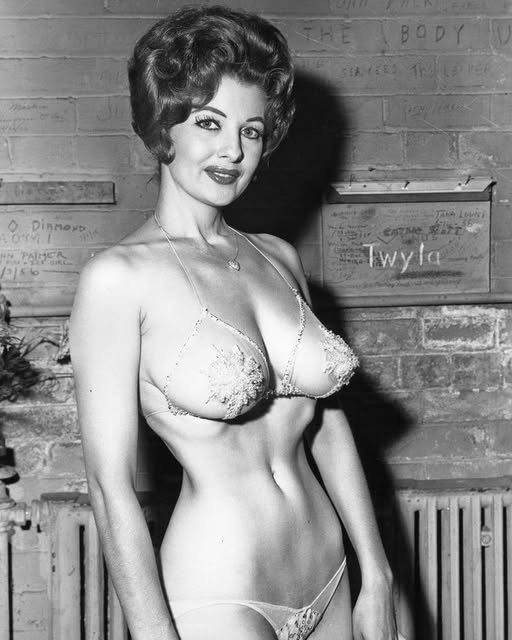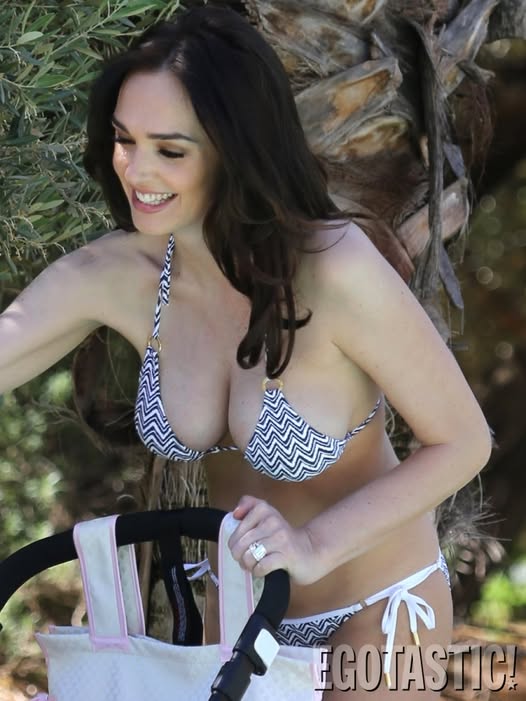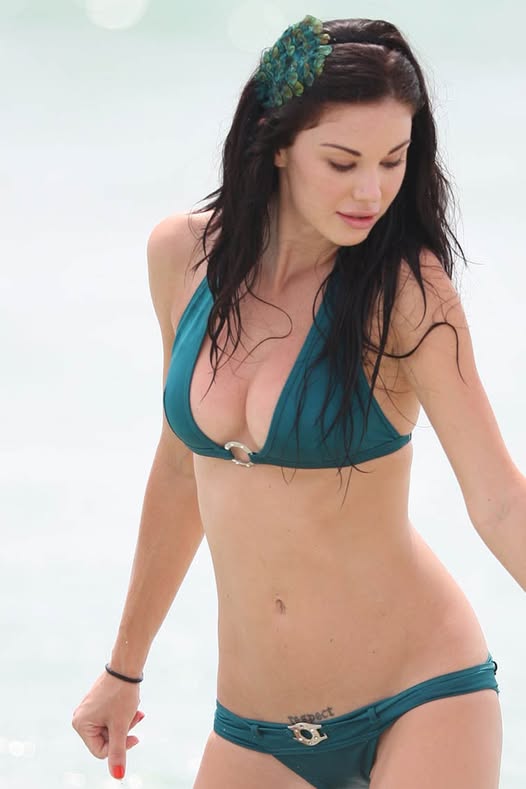
Tempest Storm’s name alone evokes an era of glamour, rebellion, and sensuality. As one of the most iconic burlesque performers of the 20th century, her life and career transcended striptease stages to become a reflection of the changing tides of American entertainment and society. Born in 1928, she would go on to reign as the undisputed Queen of Burlesque, captivating audiences for more than half a century with her fiery red hair, magnetic stage presence, and unapologetic confidence.
Tempest Storm was born Annie Blanche Banks on February 29, 1928, in Eastman, Georgia. Her upbringing was marked by hardship. Raised in poverty in the racially segregated South, her early life was far from glamorous. She ran away from home at just 14 years old to escape sexual abuse and a troubled family environment. A brief teenage marriage followed, which was annulled, but it marked the beginning of a long journey toward independence and reinvention.
By her late teens, she had moved to Los Angeles, determined to make something of herself. It was there that she underwent a transformation—both in name and career. A casting agent suggested she adopt the name “Tempest Storm,” and with it, she found an identity that would redefine her life. She began working as a cocktail waitress and eventually entered the world of burlesque. What started as a means to survive soon turned into a lifelong vocation.

Storm made her burlesque debut in the late 1940s and quickly gained a reputation for her sophisticated and sensual routines. She wasn’t just a stripper—she was a performer who brought artistry to the stage. Her acts were choreographed with precision, and she often performed in lavish costumes dripping with rhinestones, only to tease them off with elegance and flair.
Her red hair became one of her trademarks, as did her natural curves. She proudly refused to undergo plastic surgery or use gimmicks, believing her natural beauty and talent were more than enough. During the golden age of burlesque in the 1950s, she was a top headliner across the country, appearing in famous venues like the El Rey in Oakland and the Follies Theater in Los Angeles. She commanded thousands of dollars per week—an extraordinary sum at the time—and shared stages with fellow legends like Blaze Starr and Lili St. Cyr.
Tempest Storm didn’t confine her talents to the stage. She appeared in several burlesque films that showcased her charisma and helped cement her celebrity status. These included Teaserama (1955) and Buxom Beautease (1956), both of which also featured Bettie Page. The films were risqué for their time, blending comedy with burlesque routines and often skirting the line of censorship.
In a time when mainstream Hollywood shied away from open expressions of sexuality, these films and Storm’s performances challenged the boundaries of acceptable female expression. She became not only a sex symbol but also a symbol of female agency and defiance.
Tempest Storm’s personal life was as dramatic as her stage name. She dated numerous high-profile men, including Elvis Presley, Mickey Rooney, and gangster Mickey Cohen. Her marriage to jazz singer Herb Jeffries, best known for being the first Black singing cowboy in Hollywood, sparked controversy due to its interracial nature. They married in 1959, when such unions were still illegal in many U.S. states. The marriage ultimately ended in divorce, but it was a bold stand against racism and social norms of the era.
Despite the ups and downs, Storm remained fiercely independent. She continued performing well into her 60s and made her final on-stage appearance in her 80s. Her ability to captivate audiences never waned, and she often remarked that she was most at home under the spotlight. She was featured in numerous documentaries, including Tempest Storm (2016), which chronicled her later years and enduring legacy.

Tempest Storm died in 2021 at the age of 93, but her legacy endures. She was more than a burlesque performer—she was a cultural icon who shattered stereotypes about age, beauty, and sexuality. In a world that often sidelines women after a certain age, she proudly proved that sensuality and confidence could last a lifetime.
She paved the way for modern burlesque artists like Dita Von Teese, who have openly cited Storm as a major influence. Beyond her art, Storm represented a form of feminist empowerment, claiming control over her body and her image long before it was fashionable—or safe—to do so.
In the end, Tempest Storm lived up to her name. She was a force of nature: bold, unapologetic, and unforgettable. Her life story is a testament to resilience, reinvention, and the power of embracing one’s identity, no matter how unconventional.




